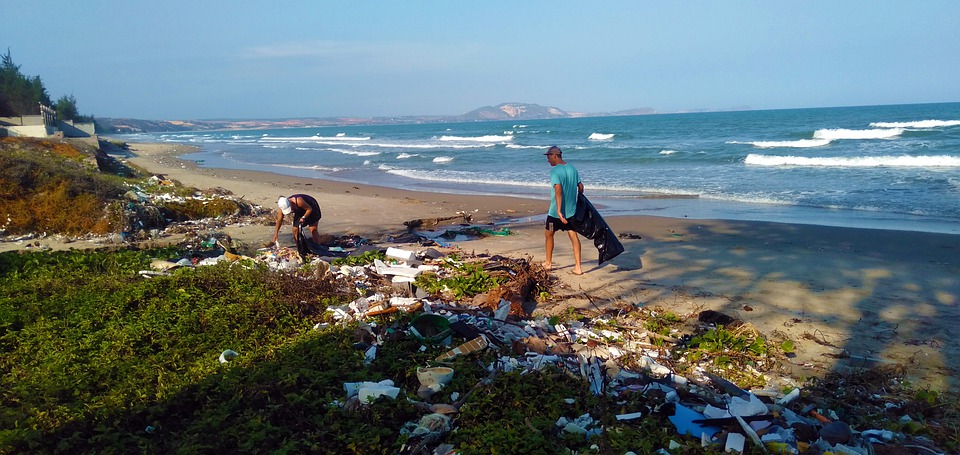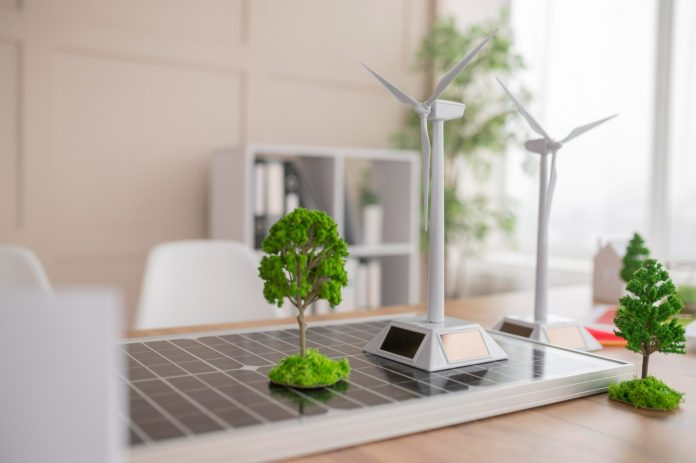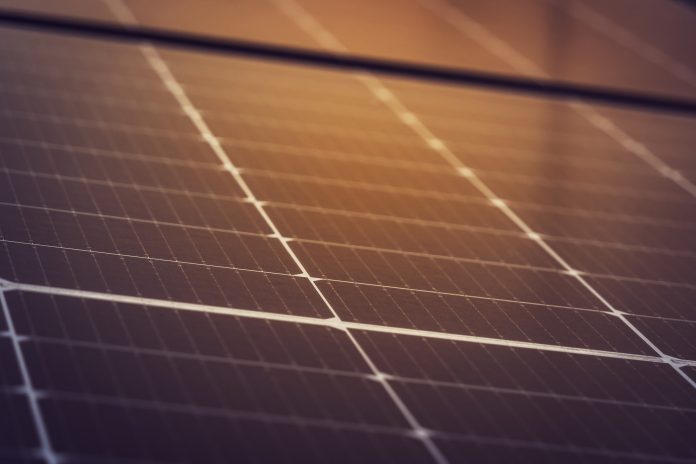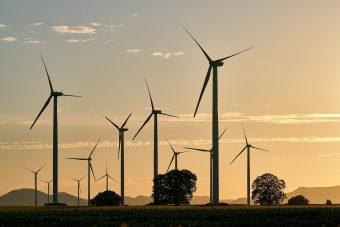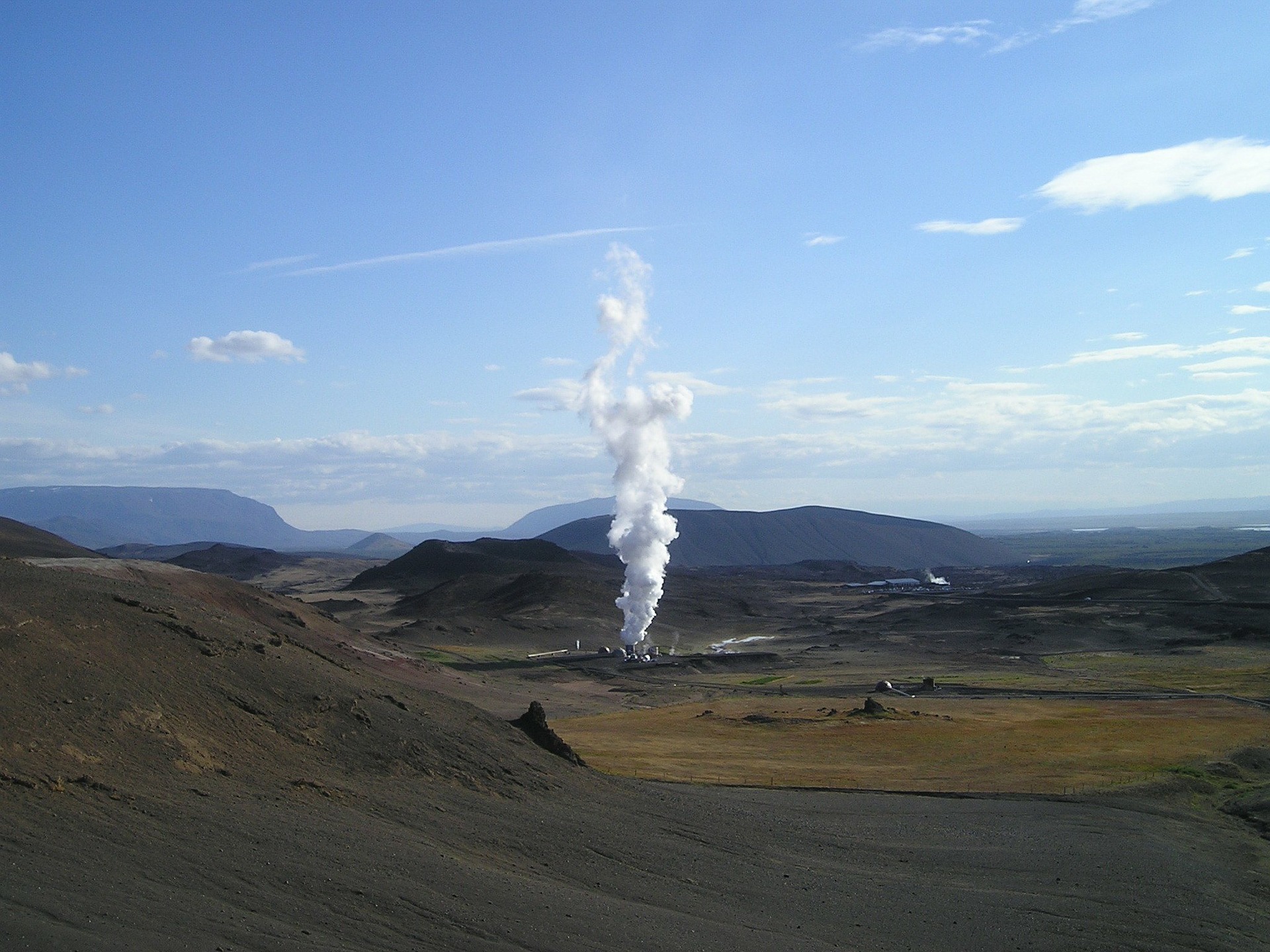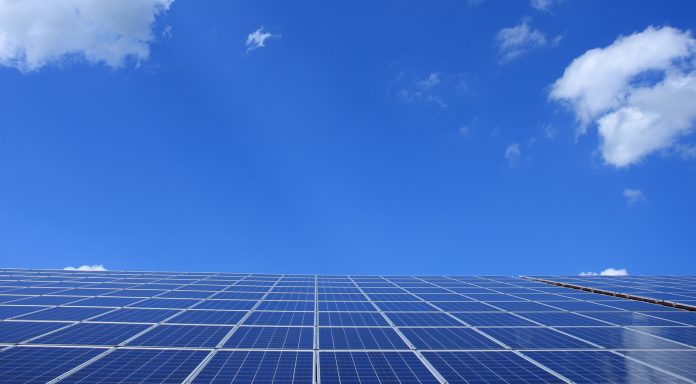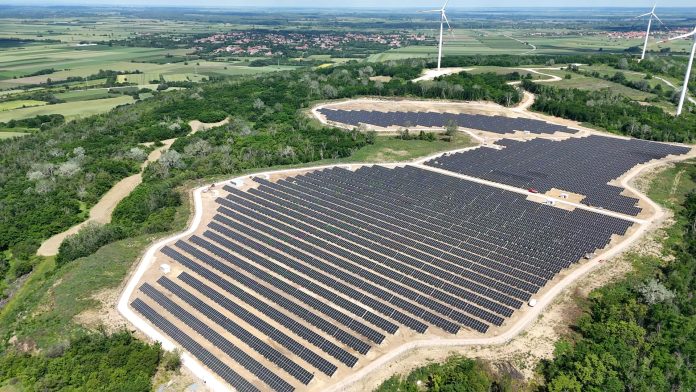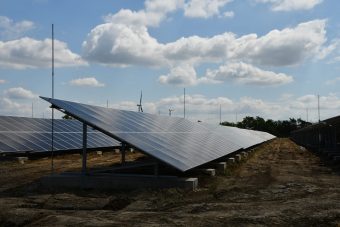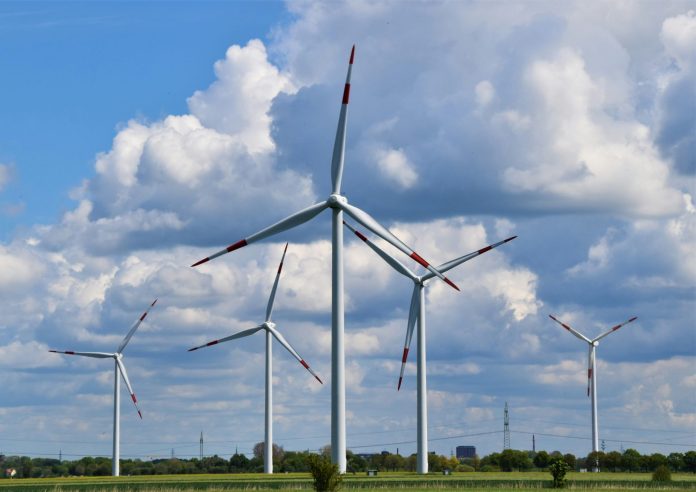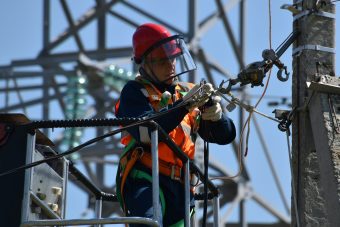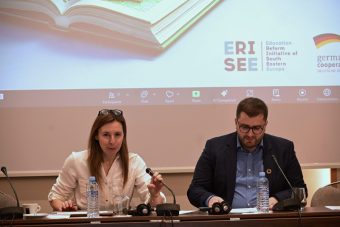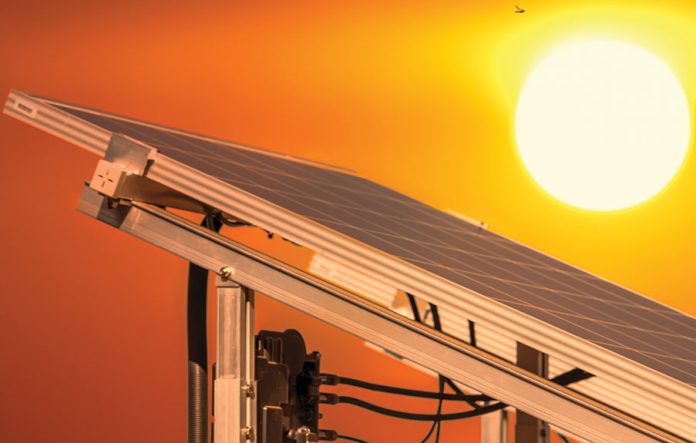The most widespread and devastating droughts have occurred globally since 2023, continuing into 2025 and leaving serious consequences. The report titled “Global Drought Hotspots 2023–2025”, published with the support of the United Nations (UN), provides an overview of how droughts worsen poverty, hunger, energy insecurity, and ecosystem functionality.
Climate hotspots were recorded from southern and eastern Africa, across the Mediterranean, the Amazon Basin, Panama and Mexico, to Southeast Asia. The El Niño–Southern Oscillation played a key role in the intensity of drought in many of these regions. Although El Niño officially ended in May 2024, the impacts of drought are still being felt in these areas throughout 2025.
According to the U.S. National Oceanic and Atmospheric Administration (NOAA), 2023 and 2024 were the two hottest years ever recorded globally (NOAA 2025). The hottest day in Earth’s history was July 22, 2024 (Goddard Digital Team 2024).
“Drought is a silent killer. It creeps in unnoticed, depleting resources and slowly destroying lives. Its scars run deep,” said Ibrahim Thiaw, Executive Secretary of the United Nations Convention to Combat Desertification (UNCCD).
More:
- CIRES Study: Wildfires Pollute Rivers for Up to Eight Years After They Burn
- European Parliament Calls for a Strategy on Energy Flexibility
- Seven-Billion-Dollar Agreement for Syria’s Energy Recovery
Mediterranean
In Spain, droughts impacted agriculture, tourism, and domestic water consumption. By September 2023, two years of drought and record heat had reduced olive yields by 50 percent, doubling the price of olive oil. In Morocco, the sheep population in 2025 was 38 percent lower compared to 2016, prompting the King to call for the cancellation of traditional sacrificial rituals. In Turkey, drought accelerated groundwater depletion, caused land subsidence, and endangered communities and infrastructure.
Southeast Asia
Drought disrupted the production and supply chains of key crops such as rice, coffee, and sugar. Dry conditions in Thailand and India during 2023–2024 led to shortages, which in turn drove up prices of sugar and sweets in the U.S. by 8.9 percent.
Africa
In South Africa, already prone to droughts, about 68 million people (approximately one-sixth of the population) were dependent on food aid as of August 2024. In Somalia, at the beginning of 2025, 4.4 million people (a quarter of the population) were facing crisis-level food insecurity, including 784,000 whose lives were in immediate danger. Zambia experienced one of the worst energy crises in the world, as the Zambezi River dropped to 20 percent of its long-term average in April 2024. The country’s largest hydroelectric facility, the Kariba Dam, fell to just 7 percent of its capacity, causing power outages lasting up to 21 hours a day and the shutdown of hospitals, bakeries, and factories.
Strain on Water Resources
The end of the report includes recommendations for reducing the future impact of droughts, emphasizing the need to recognize and plan for inevitable consequences. Future drought risks will be amplified by climate change, urbanization, and population growth, further straining water resources. Effective management will require proactive, sustainable measures such as improving early warning systems, diversifying energy sources, reducing water demand, and using nature-based solutions.
The new report compiles information from hundreds of governmental, scientific, and media sources to illustrate the effects in the hardest-hit drought hotspots. It was prepared by the U.S. National Drought Mitigation Center (NDMC) and the United Nations Convention to Combat Desertification (UNCCD), with support from the International Drought Resilience Alliance (IDRA).
Jasna Dragojević



